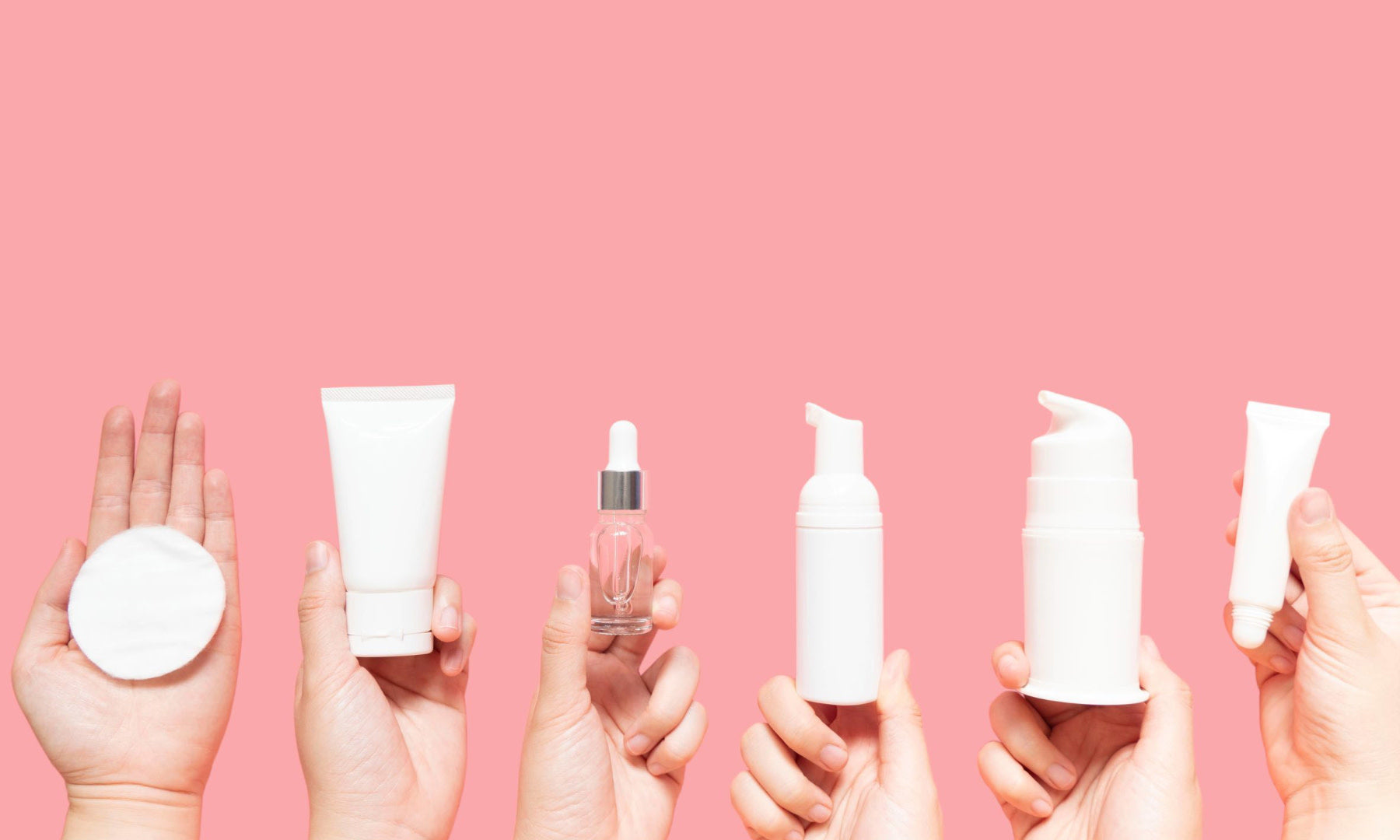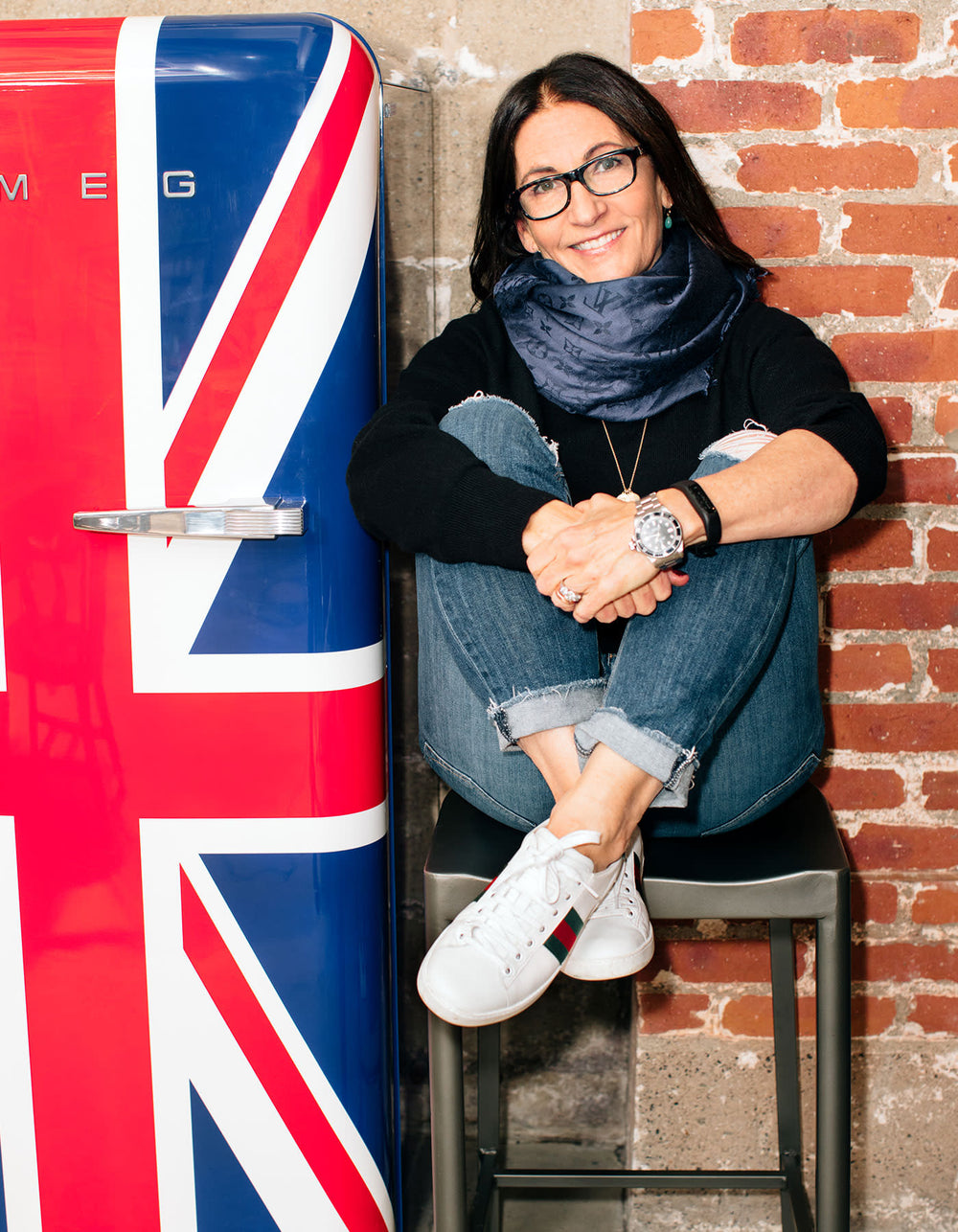Diary / Beauty / Sep 26, 2022
A Dermatologist Answers Your Skin Questions
Written by: Alexandra Perron, Managing Editor

It’s an understatement to say there’s a lot of information (and misinformation) out there when it comes to skincare. Instead of scrolling endlessly looking for answers to some of the biggest skin questions, we reached out to board-certified dermatologist Dr. David Kim to help guide us. Here’s what he had to say…
Do you really need to switch your skincare products every few months? Does your skin build up a “tolerance” to ingredients?
There is no study to support this claim; however, there are so many different products in the market with so many different active ingredients whether it’s for anti-inflammatory, brightening, exfoliating, or moisturizing properties. So, I don’t think it’s a bad idea to rotate several of your favorite products every 3-4 months. For example, try to use products with brightening and UV-protective properties in the summer with a light water-based moisturizer. Then in fall/winter, you can switch to products with more hydrating and moisturizing properties.

There’s a lot of talk of a "purging period” that comes with starting a new product (like acne treatments and retinol) — is it real? Or does it just mean the product is irritating your skin and you should ditch it?
The rule of the thumb is that if you try a new product and it makes you red and itchy for more than a month, you should stop using it. However, it’s better to not quit prematurely because it takes time for your skin to build tolerance and 1-2 weeks is just too short to determine that.
I’m assuming by “purging” they mean shedding of the upper most layer of the skin, stratum corneum. This is most common with vitamin A-derivatives (Retin-A, retinol, adapalene, etc) and other acne medications and creams, such as products with salicylic acid, benzoyl peroxide, and clindamycin. This is primarily due to their mechanism of action.
The vitamin-A derivates accelerate cellular turn over and help get rid of the stratum corneum, which is why you see shedding and peeling especially the first month. However, I recommend my patients to use a pea-sized amount for the whole face only two times weekly for the first 2 weeks, and then to increase the frequency as tolerated every week. I also instruct patients to mix them with a moisturizer, so it’s not as drying or irritating. I also start them with the lowest strength (0.025%) and slowly build up their tolerance.
There are also formulations of Retin-A that is much more elegant, Altreno is one example. It’s very gentle and less irritating, but more expensive. It’s ideal if a patient can tolerate prescription strength creams, but if they have very sensitive skin or have a history of eczema or rosacea, they may not be able to tolerate the prescription strength. They may be better suited to try over the counter retinols that are gentler and better tolerated.

Is a higher SPF worth it or do you get the same protection from SPF 45 as you do from an SPF 70?
The most important thing is actually using it! An SPF 30 or higher is recommended. SPF 15 blocks 93% of UVB, SPF 30 blocks 97%, SPF 50 blocks 98%, and SPF100 blocks 99%. As the SPF strength goes up, the texture becomes thicker and greasier, and is not as cosmetically elegant. People don’t like the smell and texture of sunscreen, so the biggest task is finding the one you like and reapplying them every 2-3 hours. If you are outdoors playing sports or swimming it’s ideal to reapply it hourly.
Also there’s a lot of controversy between chemical versus physical blockers. Everyone has a different comfort level, but I’ve noticed that patients with sensitive skin (eczema or rosacea) are more likely to have some irritant dermatitis from chemical blockers. The main controversy right now is if the active ingredients in chemical blockers are safe because there was a report in JAMA Dermatology earlier this year about how those chemical ingredients were detectable in the blood after a prolonged use. The jury is still out.
Should you wear SPF even when you’re not going outside?
Yes, especially if you live in a high rise with large windows! Most windows, especially if tinted, block UVB but UVA rays travel through the windows. This is commonly seen in car windows. UVA rays actually travel deeper into your skin (vs UVB) and cause all signs of aging (wrinkles, fines lines) but also damage collage and elastin. UV rays, blue light, and now, according to a report, even visible light can exacerbate melasma. Patients with history of melasma should be particularly more careful with sun protection even indoors.
Can you really shrink your pores?
This is very difficult to achieve with topicals. However, you can achieve them with combination of lasers, like Fraxel DUAL or Clear and Brilliant, combined with great topicals. Superficial peels also help reduce the appearance of pores. The challenge is that you will require multiple treatments.

Does the order you apply products really matter?
Yes! If you like using toner and essence, which are both very popular in Asia, I’d use a toner first, then medication, then essence, then serum, and moisturizer. I’d put toner first because it’s very light and cleanses the skin even more. Otherwise, it’s always medications first. So if you’re using prescription strength acne or anti-aging cream, then apply those first. Let it dry, then you can apply serum and moisturizer on top.
Is it EVER okay to pop a zit?
It increases the risk of scarring and hyperpigmentation! I had terrible acne growing up and was on Accutane twice. The little scarring I have on the cheeks are from me popping those zits! It’s best to let them run its course and to let them naturally pop when you’re taking a hot shower. You can also schedule an emergency appointment with your board-certified dermatologist for a very dilute steroid injection and laser for redness.
Is it better to use a physical or chemical exfoliant?
Physical exfoliants are exfoliants with grains/beads. Physical exfoliants are generally used to physically exfoliate and remove the dead layer of the skin. This is recommended only once per week if at all.
Chemical exfoliants include AHA, BHA, PHA. Chemical exfoliants are much more gentle, especially ones over the counter. This is more for brightening, shrinking pores, and smoothing of the skin texture.
Physical exfoliants are fun and satisfying, but can be abrasive and harsh to the skin. This doesn’t mean that chemical exfoliants don’t have any risks. If you use chemical exfoliants too frequently, you can cause burns and scarring, and you don’t want that, especially during summer. Following the instructions is very important and when it comes to exfoliants, less is more!













































 Miracle Balm
Miracle Balm
 Just Enough Tinted Moisturizer
Just Enough Tinted Moisturizer
 What The Foundation
What The Foundation


